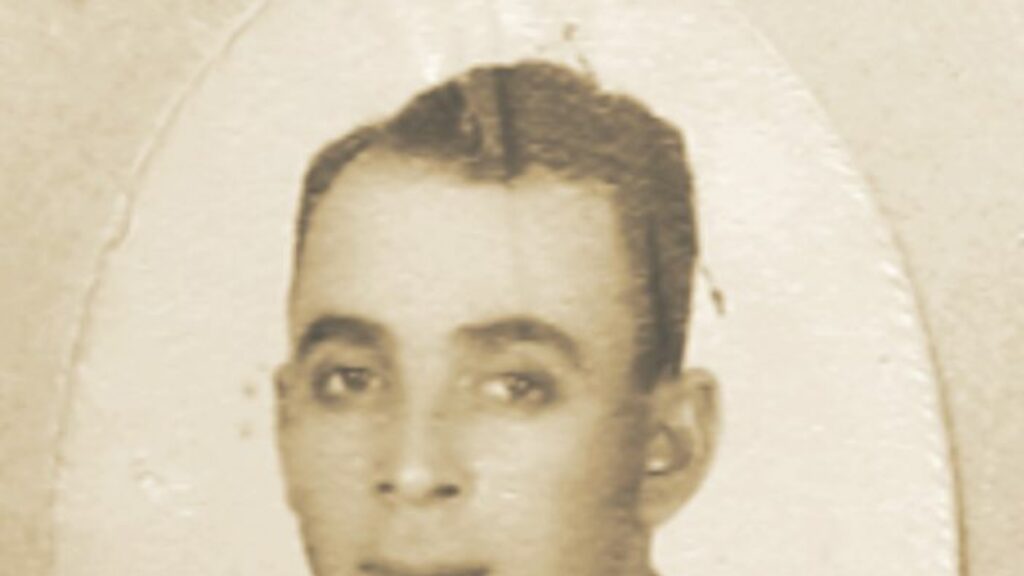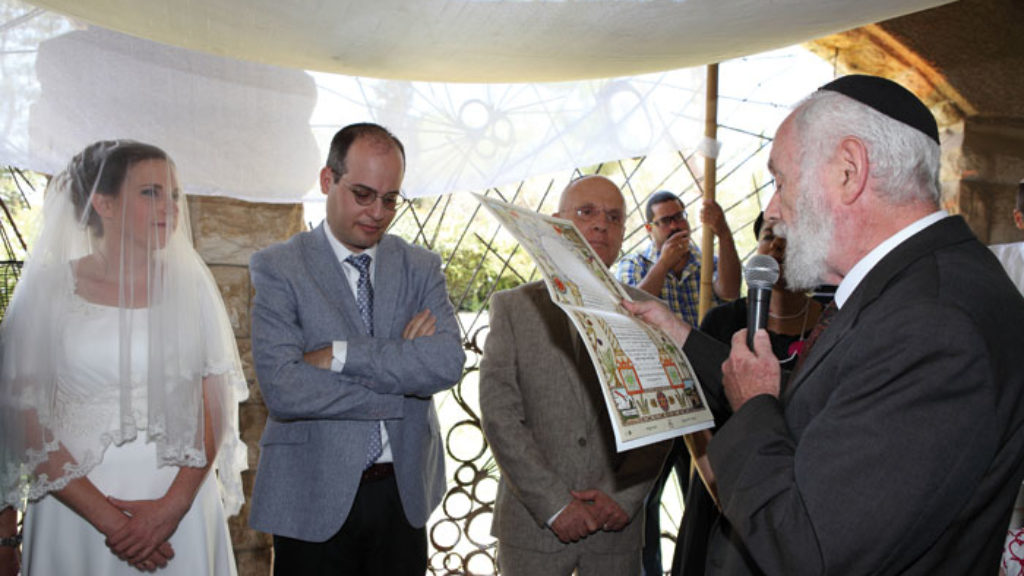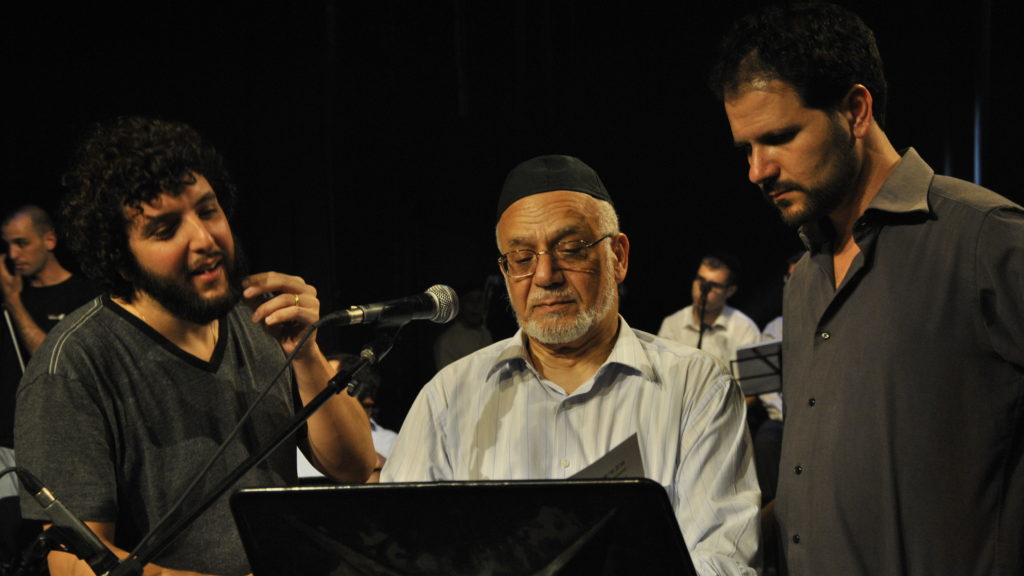Letters, Fall 2017
Toxic Brew
Allan Arkush’s review of Jeffrey Herf’s Undeclared Wars with Israel: East Germany and the West German Far Left 1967–1989 (“East Meets West,” Summer 2017) astonished me. It wasn’t the picture of a soft Richard Dreyfuss playing the Israeli special ops hero Lieutenant Colonel Yonatan Netanyahu (let alone Burt Lancaster as Shimon Peres!). It was the fact that the vile and ridiculous trope equating Israelis with Nazis was invented by . . . the children of Nazis in the 1960s and 1970s. This is, as Arkush quotes Herf, “a toxic ideological brew” that is still very much with us.
Danielle Kahn
Denver, CO
Open and Shut?
Reading Jon Levenson’s thoughtful retrospective on the 30th anniversary of The Closing of the American Mind’s publication in the Summer 2017 issue of JRB (“The Closing of the American Mind Now”), I was back in the University of Chicago’s Harper Memorial Library, looking at those ceilings and thinking about what a liberal arts education really is and—bleak thought—whether it’s still possible to get one.
Alasdair MacIntyre has lamented the slow dissolution of the idea of the university (especially the Catholic university), where the theological narrative that once held together disparate disciplines has begun to fray. For men and women of faith who seek an intellectual path that embodies a way of life and not merely a self-referential play of words, the community of conventional academic discourse has become increasingly inhospitable. This is true even in many nominally confessional institutions of higher education, let alone in the large secular research universities that Bloom called home for 40 years. MacIntyre memorably concludes his classic of modern moral philosophy, After Virtue, by telling his readers that any hope for civilizational renewal in the West must await the arrival of another, “doubtless very different,” St. Benedict. With this evocative image, MacIntyre means to convey the idea that human excellence is best cultivated through particular, embodied practices, in largely local and boldly countercultural communities.
As I thought about MacIntyre’s observations, Levenson’s incisive commentary on Bloom’s most famous book came into bold relief. Levenson closes his piece with the following trenchant thought: “Given the social and cultural divisions characteristic of modern pluralistic societies, it is hard to imagine how an educational vision of the comprehensive premodern sort could ever be restored on most campuses. The Closing of the American Mind helped to clarify the problem, but it provides less help in pointing a way forward.” Maybe Bloom saw his intellectual project at Toronto, the Telluride House at Cornell, and Chicago as an attempt to create his own “school within a school,” a countercultural experiment in liberal education done right. But the attempt at a wholesale recovery of the university feels naïve today, even more than it did 30 years ago when Bloom was making his case.
Levenson gets this exactly right, but his point raises another related, and intriguing, question: What would a distinctly Jewish liberal arts education look like? Can we even make sense of such an enterprise? If reason and what is discussable are reduced to only the flatly biological or the empirically verifiable, the largest human, and Jewish, questions—love and friendship, morality and meaning, God and Mammon—get left out. Are there models or exemplars of a kind of theologically informed Great Books education that we Jews might turn to for inspiration and guidance? Could this be at least one “way forward,” to use Levenson’s suggestive expression, beyond the impasse Bloom seems to leave us with?
In Christopher Derrick’s little gem of a book Escape from Scepticism: Liberal Education as if Truth Mattered, he described a visit to Thomas Aquinas College in Santa Paula, California, some 40 years ago: “I stayed up late last night, discussing all things with half-a-dozen of the students . . . [and] the later it gets, the more profound and universal the subject under discussion becomes. At nine, perhaps, you are discussing politics, in the form of some currently newsworthy piece of public villainy: by ten, you have got to the principles of political action; by eleven, to the general principles of all human action, and by twelve, to the nature of the good and the beautiful and the true. Before the party breaks up in the small hours, God himself will have been given the full treatment.”
Could such a conversation take place among young Jewish Americans now, in the 21st century? Is it time for we Jews to take up the educational challenge of developing what Levenson calls a “well-articulated, comprehensive vision of the liberal arts” along Jewish—theological or cultural—lines? I’m pretty sure I know what Bloom would think about such a project (noble-sounding but ultimately self-refuting). After his deep analysis of the strengths and limitations of Bloom’s book, I’d like to know what Levenson would think of this possible Jewish “way forward.”
Rabbi Mark Gottlieb, The Tikvah Fund
New York, NY
Jon D. Levenson Responds:
Mark Gottlieb’s learned and instructive letter challenges me to go beyond my critique both of liberal arts education in its current self-destructive condition and of Allan Bloom’s particular vision of its renewal in order to answer a question I did not address: “What would a distinctly Jewish liberal arts education look like?” Rabbi Gottlieb provides the broad outlines of an answer himself when he stresses, with Alasdair MacIntyre, the importance of “particular, embodied practices, in largely local and boldly countercultural communities” (though I would add that just how countercultural such education need be is a function of the character of the ambient culture at the time). Given the variety of Jewish commitments on offer, what such an approach excludes is easier to specify than what it includes. What I called “a well-articulated, comprehensive vision” cannot, obviously, be based on a vague cultural identity or a fading social one: The openness of American society, reflected in the skyrocketing intermarriage rates, makes such things too weak a foundation upon which to rest any serious educational vision. Similarly, “pluralism” is nothing but a weasel word without some articulation of the control that prevents the pluralism from degenerating into relativism. Finally, a credible Jewish vision of the liberal arts cannot tolerate a rigid compartmentalization of Jewish and non-Jewish subjects, with the former protected from the rigorous critical scrutiny applied to the latter. As I mentioned in the essay, there must be “a balance of affirmation and challenge.” No clear-cut formula for defining that balance can be specified in the abstract.
All this is a tall order. Though I am neither a prophet nor a member of a prophetic guild, I remain doubtful that a viable institution affirming such a vision will come into existence in the foreseeable future.
Grudge Match
In the 1933 newspaper interview with Rabbi Joseph Rozin, rediscovered by Marc Shapiro (“The Rogochover Speaks His Mind,” Summer 2017), the famous Rogochover Gaon is quoted as dismissing the Vilna Gaon as “having all-encompassing knowledge” of Talmud but not knowing how to learn as well as a modest schoolteacher, “small rebbele,” who used to be his neighbor in a Russian shtetl.
In all likelihood, the Rogochover’s dismissal of the Vilna Gaon was motivated by traditional Chabadsker antipathy to the Gaon as leader of the misnagdim (the Hasidic movement’s opponents). In general Chabad retained its pugnacious attitude towards misnagdim far longer than other strands of Chassidus. Indeed, the polemic with misnagdim exists up until the present day in Chabad. When Rabbi Schneur Zalman of Liadi, “the Alter Rebbe,” was released from prison, he was released into the custody of a sort of court Jew, Nota Notkin from Shklov, who was permitted to have a residence in St. Petersburg. He was there for a few hours before his Hasidim could arrange to pick him up and take him back to Liozna. I have heard many times the saying Der Alter Rebbe hut gehat mehr tzaar fun di por sho’oh by der misnagid Notkin, vi in der gantze tzeyt in tfisse beym Tsar! (The Alter Rebbe suffered more in these few hours with the misnagid Notkin than he suffered in the tsar’s prison!). Combine this attitude with the traditional Chabad pungency of expression and you get the Rogochover’s statement.
kaganovitch
via jewishreviewofbooks.com
Fundamental Principles
In his review of David G. Dalin’s Jewish Justices of the Supreme Court: From Brandeis to Kagan (“Great Jews in Robes,” Summer 2017), Professor Samuel Goldman writes that “for most of the Jews on the court, Jewishness has been more of an ethnic than a religious identity.” Many Jews in America identify themselves similarly: as secular rather than religious Jews. But the crux of the matter is that the spiritual guidelines of Judaism as set forth in the traditional canon have provided each generation with the moral guidelines for their lifetime pursuit of tzedaka and tikkun olam.
Many philanthropists are guided by these fundamental principles of spirituality as expressed in both secular and religious ways in their final acts. The influence of the spiritual is marked by the opportunity of their demise to give back to the general community. By ignoring the spiritual essence of the Torah and Talmud and related commentary, a misidentification is propounded by the wayward Jewish thought that the motivation of the individual Jew is a secular rather than a spiritual act.
The result is a population which is subject to the weakening of its ancient roots in a world in which they are surrounded by the temptation to act with greed rather than provide sustenance for their fellow human beings. This shows the need for the kind of historical reflection which would result in more focused moral guidelines, as well as clarifying the role of language in our fundamental self-understanding.
Sigmund R. Balka
Forest Hills, NY
Suggested Reading

On Literary Brilliance and Moral Rot
Why did the prestigious publishing house Gallimard want to publish three vilely anti-Semitic pamphlets by Louis-Ferdinand Céline? And is he still worth reading?

Forging an Identity
How did a young Sephardi polyglot from Constantinople transform himself in Mexican society?

Halakha and State: An Exchange
In our Winter 2016 issue, Elli Fischer explained why he defies the Israeli Chief Rabbinate and argued for radical reform. Four responses and his rejoinder.

No Greater Love
The Israeli music scene is bringing together world-class Israeli jazz and classic Sephardic liturgical music. Voilà!: the jazz piyyut.
Comments
You must log in to comment Log In